The definitive map of public rights of way is the legal record of routes to which the public have access
If a way is shown on the map, then that is legal evidence that the public had those rights along the way at the time the map was created. These Public Rights of Way remain in existence as recorded, until they are legally closed or diverted.
There may however, be unrecorded public rights of way in existence whose legal status can only be determined by other evidence. Non-inclusion does not mean that a public right of way does not exist. There can be several reasons for this, not least the dedication of a way after the time of the last Definitive Map review.
Further information
The definitive statement
The Definitive Map is accompanied by a definitive statement which defines the position or width of a right of way shown on the map. It also shows any other limitations or conditions such as stiles or kissing gates. The definitive statement is held at our contact address below and can be viewed on request during normal working hours.
Changing the definitive map and statement
Anyone can make a claim to us to add a route to the definitive map they believe to be a public right of way. You can also ask us to review one currently recorded in order to change its status, position or for it to be deleted.
Evidence of public rights of way come from historical documents or from a continuous period of public use.
How do I move a public right of way on my land to somewhere else?
Landowners can apply to divert Public Rights of Way by legal order within their landholding. This is done by making a Public Path Order. This is a public process where anyone can express an opinion about the proposal and may be subject to objection.
My planning application affects a public right of way, what do I do?
- If you think your planning application will significantly affect a Public Right of Way, please contact us as part of your application. You will be asked to discuss a permanent diversion of the Public Right of Way.
- If a Public Right of Way will be affected during a development, but it can be used again after the works have finished, you should apply for a temporary diversion or closure order.
- If a Public Right of Way will be affected but can be used during the works with surface improvement, or the route will be used for vehicular access (temporary or permanent), contact us for advice.
How do I add a new route to the definitive map?
If you are a landowner and would like to create a new public footpath or bridleway on your land, contact us for advice. If you are a member of the public, and would like to add a new public right of way to the definitive map based on continuous use or documentary evidence, please contact us.
How do I remove a route from the definitive map?
If you think a route shown on the Definitive Map has been incorrectly recorded or a mistake has been made, you can apply for the route to be deleted. Your application must be supported by evidence.
If you can prove that a route shown on the Definitive Map is no longer needed for public use, you can apply for an extinguishment order. Please consider the circumstances carefully before applying. You may wish to create a new route on a different alignment to offset the impact of the extinguishment.
How do I change the status of a public right of way shown on the definitive map?
If you think that a route has been incorrectly recorded as one status and should be up or downgraded to another status, you must proceed through the formal application process. Applications must be supported by evidence either of use or documentary. contact us for advice.
If you are a landowner and wish to upgrade a Public Footpath to a bridleway on your land, you will need to create a new bridleway over the Public Footpath.
For legislation see Countryside and Rights of Way Act 2000
Contact us
- Telephone 01384 815424
Traffic & Transportation
Environment
4 Ednam Road
Dudley
DY1 1HL
